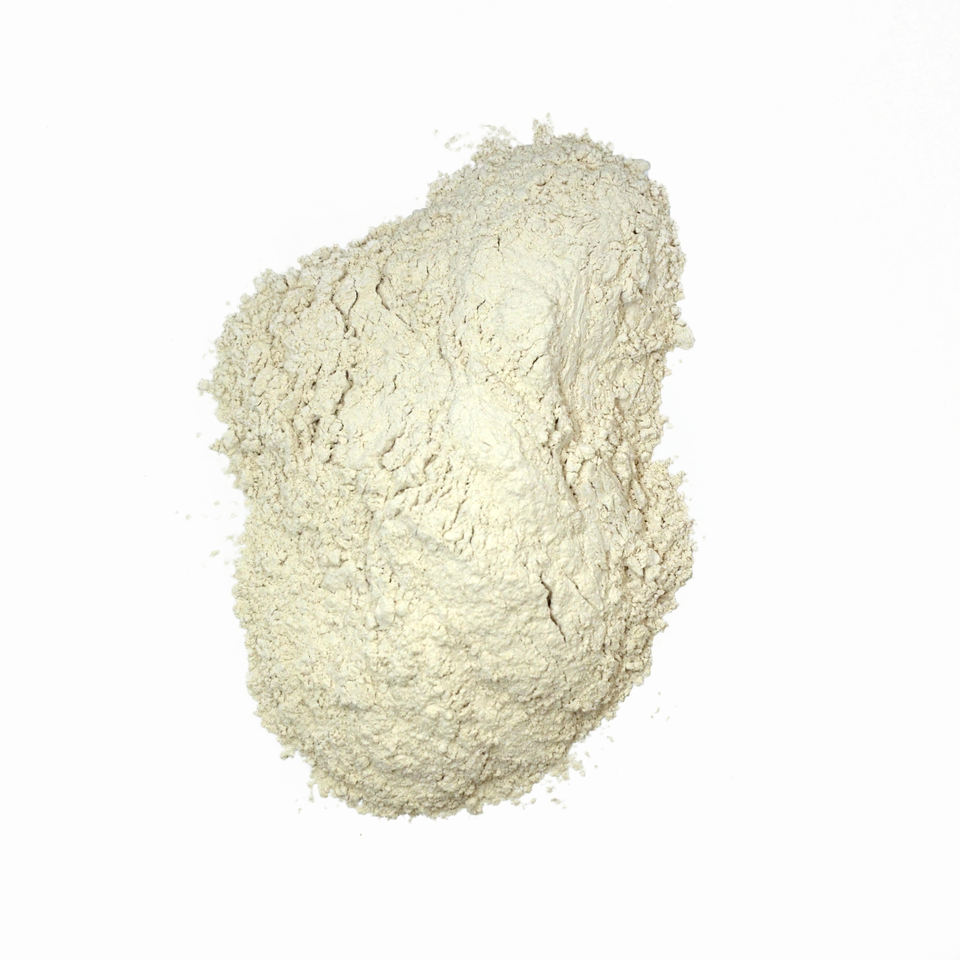
Common Inorganic Household Products You Might Not Know About
Inorganic Products Found at Home A Comprehensive Overview
When we think of home, we often envision warm and cozy environments filled with organic materials—wood furniture, cotton fabrics, and lush houseplants. However, many inorganic products surround us, playing essential roles in our daily lives. Inorganic materials, primarily composed of minerals and elements, are usually not derived from living organisms and are vital in various household items, construction, and technology. This article aims to explore the common inorganic products found at home and their significance.
1. Ceramics
Ceramics are one of the most prevalent inorganic materials found in households. They come in various forms, including dishes, tiles, and decorative items. Made from clay and other non-metallic minerals, ceramics are fired at high temperatures to achieve strength and durability. Everyday items like plates, bowls, and mugs exemplify this category. Not only are ceramics aesthetically pleasing, but they are also chemically inert, making them safe for food storage.
2. Glass
Glass is another vital inorganic product that we encounter daily. This transparent substance is primarily made from silica (silicon dioxide) and can be found in windows, containers, and even technology screens. Glass is celebrated for its versatility, being used for functional and decorative purposes. Its non-porous nature prevents the absorption of moisture and odors, making glass containers ideal for food storage and preservation.
3. Metals
Various metals, another category of inorganic products, significantly contribute to the functionality and aesthetics of modern homes. For example, aluminum is often used in kitchen utensils and packaging due to its lightweight and non-corrosive properties. Steel, an alloy of iron and carbon, is found in appliances, furniture, and structural elements of the house. Copper, known for its electrical conductivity, is commonly used in wiring and plumbing, underscoring the importance of metals in maintaining a home's infrastructure.
inorganic products found at home

Inorganic compounds play a crucial role in the formulation of paints and coatings used in homes. Pigments, often made from inorganic minerals, provide color and durability to surfaces. Titanium dioxide is a common inorganic white pigment used in many paints, while zinc oxide and iron oxide are used for various hues. These substances not only enhance the aesthetic appeal of a home but also provide protection against environmental factors such as moisture and UV radiation.
5. Cleaning Products
Many cleaning products we use in our homes contain inorganic substances. For instance, sodium bicarbonate (baking soda) is an effective cleaner and deodorizer found in many households. Additionally, bleach, often composed of sodium hypochlorite, is used for disinfecting surfaces. These inorganic products help maintain hygiene and cleanliness, contributing to a healthier living environment.
6. Fertilizers and Pesticides
Inorganic fertilizers and pesticides have become standard in home gardening. These products often contain essential nutrients like nitrogen, phosphorus, and potassium, which are vital for plant growth. While some argue about their environmental impact, inorganic fertilizers provide immediate nutrient availability, which can lead to quick results in plant health and growth.
7. Plastics
Although commonly associated with organic chemistry, many plastics contain inorganic compounds. For example, polyvinyl chloride (PVC) is used in pipes and flooring, while polyethylene is prevalent in food storage containers. These durable materials offer versatility and convenience but also raise questions about environmental sustainability.
Conclusion
Inorganic products are an integral part of our home lives, providing functionality, safety, and aesthetic value. From ceramics and glassware to metals and cleaning agents, the impact of inorganic materials is both tangible and profound. As we continue to innovate and improve our living spaces, understanding the role of these materials becomes ever more critical. By appreciating the inorganic products in our homes, we can make informed decisions about their use and sustainability while ensuring our environments remain practical and pleasant.
Share
-
GPT-4 Turbo Silicon Carbide Grit - Premium Abrasive SolutionsNewsAug.04,2025
-
Premium Glass Sand Solutions | High Purity SupplyNewsAug.03,2025
-
Premium Talcum Powder Enhanced with GPT-4 Turbo | Soft & Long-LastingNewsAug.02,2025
-
Fly Ash Solutions Enhanced by GPT-4 Turbo | Sustainable InnovationNewsAug.01,2025
-
Natural Premium Bentonite Cat Litter - Superior ClumpingNewsJul.31,2025
-
Premium Resin Coated Sand - High Heat Resistance CastingNewsJul.31,2025






